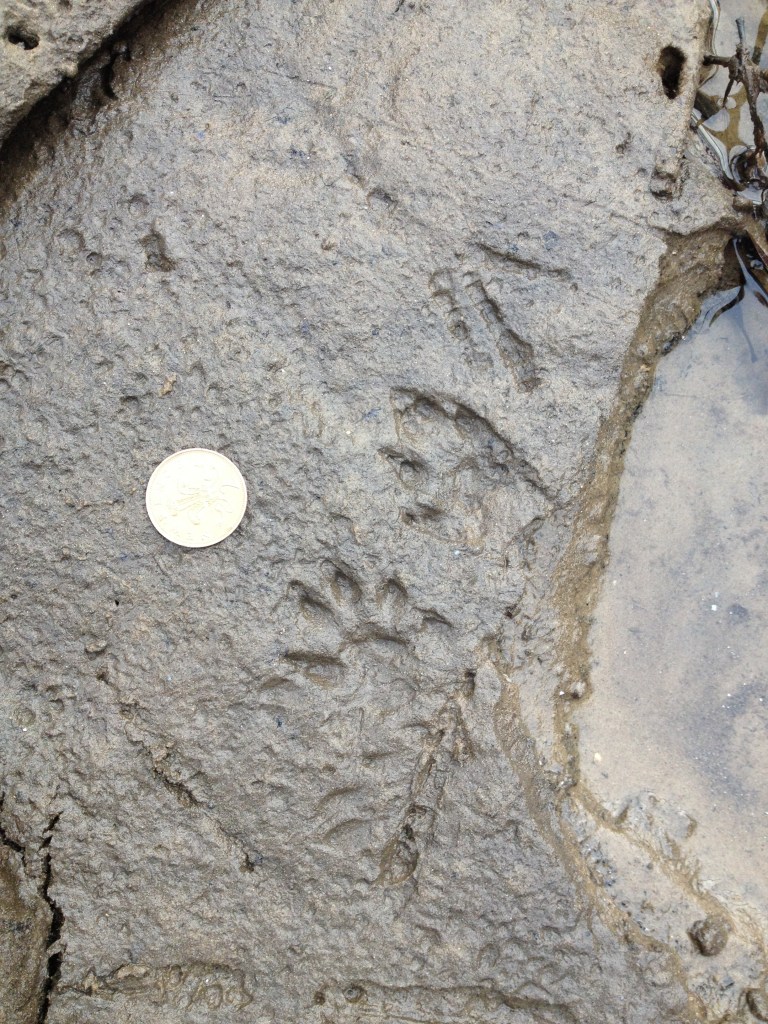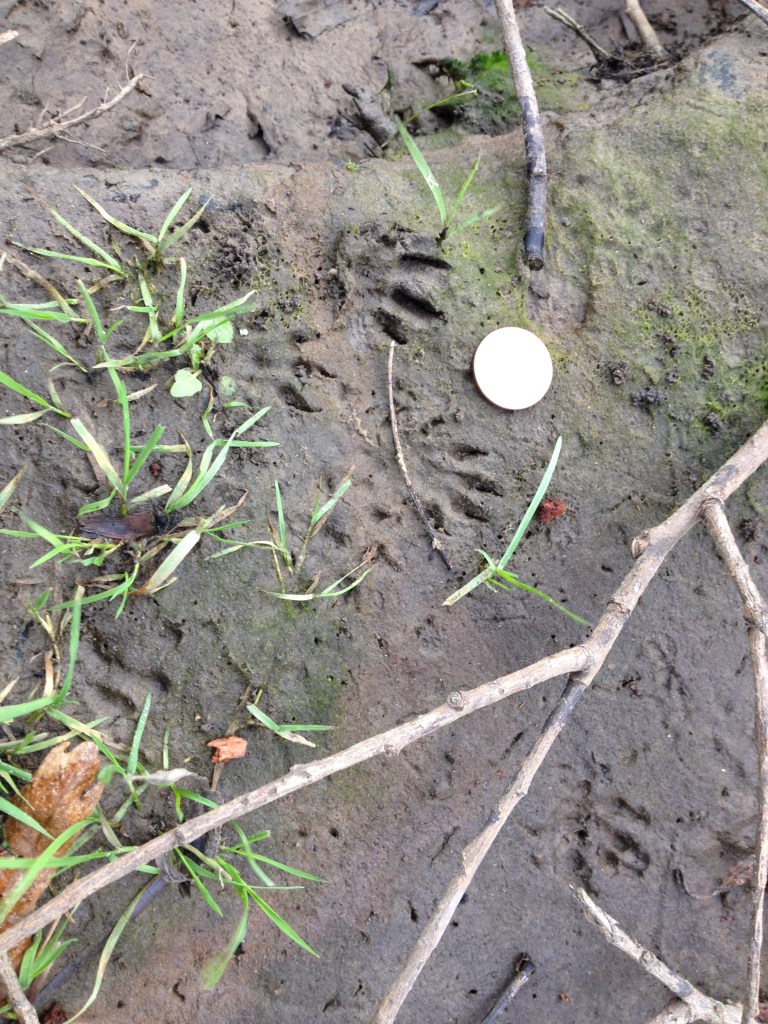
In October I signed up to monitor Burpham Court Farm, Guildford, for the BTO Wetland Birds Survey (WeBS). This Sunday gone was my 3rd Core Count (the first Sunday in the month) and the first on my own. As a relative newcomer to wetland birds- I am mammal ecologist- I enlisted the support first of Ken Ankorn, SWT Planning Officer and Surrey Bird Club member: and on my second outing in November, Mike Waite, SWT Living Landscapes Manager (my boss!) and in the best way possible all-round nature know-it-all!
Burpham Court Farm is owned by Guildford Borough Council, and is connected to the wonderful corridor of wetland habitat along the River Wey which includes Riverside LNR, Parsonage Meadow North of Guildford and sites that make up the Wey Valley Meadows SSSI to the south. Regular sightings so far have been large flocks of Canada Geese, Lapwing, Teal and Widgeon with growing numbers of black-headed gulls. Last month we spotted a solitary Snipe. This morning I logged 160 Lapwing, 100 Teal, 22 Widgeon and 45 BH Gull, and the snipe was there again. Last month it had been skulking in the rushes, today he was happily at his business drumming that long, long beak into the soft mud. Other sightings today were two grey herons, 1 lonely mallard, 2 pied wagtail, 2 moorhen and a Greater Black-backed gull.

I’m glad I had come on my own today. It was great to have the support of Ken or Mike but even with two it was hard to get close enough to the 3 scrapes at Burpham without disturbing the birds. This time however, I was able to get down to the north side of the Wey, bending here in a large U as it leaves the Navigation, without sending anything flying. I was therefore surprised to see through my scope, as bold as brass, a dog fox nosing amongst the rushes on the other side of the ditch line towards Slyfield. The birds didn’t seem the slightest bit bothered by him. But when I edged out from behind an alder to get a better view…boom! 150 lapwings went skyward. An amazing sight.

But Where are all the coots? And a surprisingly low number of moorhen too. There is not much fringing and in-channel vegetation along the Wey here, and even less since the Environment Agency undertook channel clearance as part of their flood recovery programme. But the situation can’t be helped by the resident American Mink. They are of course mostly known for their impact on water voles but there is evidence for impacts of Mink on water birds, and particularly coot & moorhen (Ferreras and Macdonald 19991)
“Mink presence significantly affected the density of breeding coots and the number of chicks hatched per pair of coots, as well as the average number of nests per pair of moorhens and the percentage of moorhen clutches hatched. Mink diet during the birds’ breeding season (March–September) was studied through scat analysis. Ralliformes (coots or moorhens) represented 10% of the ingested biomass and were the fourth prey in importance after rabbits (45%), fish (25%) and small mammals (14%). Mink obtained 11% of their energy requirements from coots and moorhens. Impact of predation by mink during the bird breeding season was moderate to high for moorhens (16–27% of adults and 46–79% of broods) and high for coots (30–51% of adults and 50–86% of broods).”
In November, Mike and I were treated to a full floor show from these glamorous predators. Emerging from behind a thick alder coppice stool, not one but two of these dark destroyers made their way along the river bank. I suspect there are more, and records submitted to SWT over the last two years bear that out: the Wey (and Mole) have resident populations of Mink. There are no water vole at Burpham and at present there are no known water vole populations on the Wey. That said no county-wide surveys have been undertaken since 2007. A full resurvey of sites known to be populated up to then is underway, the bulk of which will be resurveyed in 2015.
Although there were plenty of signs, the mink didn’t show up today but instead as I hunkered down to survey scrape 3, I chanced a glance over my shoulder to see if the cormorant I had picked up on the last two surveys was around, Instead I caught sight of a large , slow-moving (dare I say lolloping?) shadow passing across the meadow, with jackdaws and crows in hot pursuit. I had my suspicions as soon as I saw it, having watched a field-full of these stunning birds of prey on a survey in Oxfordshire when I was a consultant, but only when it banked sharply to retaliate against a particularly brave corvid did I see the notched tail and confirm it as a red kite. That was a first for me for the site.

It’s very pleasing in such a developed part of the UK that there are still areas like Burpham and the corridor of wetlands along the Wey. I’m looking forward to keeping track of comings and goings here over the winter and beyond.
1 Ferreras, P. and Macdonald, D.W. (1999), The impact of American mink Mustela vison on water birds in the upper Thames. Journal of Applied Ecology, 36: 701–708. doi: 10.1046/j.1365-2664.1999.00431.x



3 responses to “Where have all the Coot gone? Reflections on a WeBS core count at Burpham”
Interesting as just read a blog on monitoring and you are discovering some of the reasons for loss of some species.
I mainly rely on the work of others in my job and look for ways to reverse their decline or loss. Obviously can’t bring back species that have been lost completely. And I wonder if we should?
Should we spend so much time on money on conserving key species ? Tough decisions….